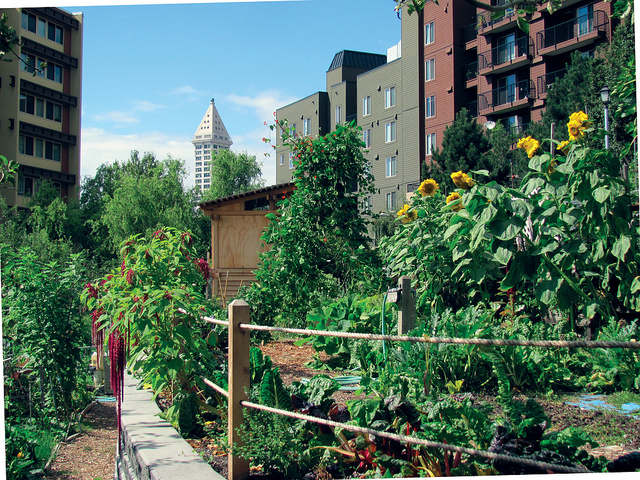City Blooming Things To Know Before You Buy
Fascinated in growing food available in the City of Chicago? Considering starting a neighborhood yard? Modifications to the Chicago Zoning Statute enable farming usages like area yards and city farms in several parts of the city. Below is a checklist of frequently asked concerns concerning the guidelines and regulations that growers should take into consideration when intending a city farming task.
The zoning amendment does not change any other codes taking care of composting, structure permits, purchasing or renting City owned property, organization licenses or environmental contamination. There are existing codes that regulate these problems and they remain in complete impact and might apply to your job. Area yards are generally owned or managed by public entities, civic organizations or community-based organizations and maintained by volunteers.
Urban ranches grow food that is intended to be offered, either on a not-for-profit or for-profit basis. Due to their commercial function, metropolitan ranches require a service certificate.
More About City Blooming
Composting is allowed but only for plant material that is generated and made use of on website. The amount of compost material can not exceed 25 cubic backyards at any type of provided time according to the standards in 7-28-715 of the City's Municipal Code. Yes. Due to the fact that the dirt at the majority of new yard sites requires changing, compost, soil, wood chips, or various other materials can be obtained to create or boost the growing space - container and raised bed gardening etc..

If a building permit is called for then the hoophouse will be thought about an accessory building. You can discover even more regarding the building permit needs by speaking to the Department of Buildings. The 25,000-square-foot dimension limit is planned to stop a solitary area yard from dominating a given block or interfering with the block's existing household or business character.
The limit does not apply to yards found in Public Open Room (POS) areas. Can there be more than one area garden that is 25,000 square feet on a solitary block? Fencing is not needed, nonetheless, gardens that have huge car park areas might be called for to mount secure fencing or various other landscape design attributes.
All about City Blooming
B1 & B2 areas call for that all industrial use tasks be performed indoors. R districts limit commercial news task. The laws reflect the purpose and intent of the Zoning Code. Is fence required for urban ranches? Yes. Fencings may be required, in addition to landscape design and testing, for sure parking lot and exterior job or storage space areas relying on area and the details activity happening.
Yes. Urban ranches need structure authorizations and zoning authorizations before building. Other types of city testimonial may be needed relying on certain structures, activities, dimension, landscape design, licensing, public health and stormwater administration issues. Much of these needs are identified in the project style or permitting process, however, the candidate might be liable to independently identify details licenses or allows that may be needed.
The Division of Business Matters and Customer Security can aid identify the particular kind of organization certificate that's needed. Off road parking is required for most business jobs in Chicago. The needed number of auto parking spaces is based on the number of workers functioning on website and not the square footage of the expanding space.
Some Known Questions About City Blooming.

A city farm can sell compost product created on site, however, the operation needs to conform with the policies in 7-28-715 of the Chicago Municipal Code. Aquaponic systems are allowed indoors on metropolitan farms in several zoning areas.
Approximately five hives or swarms of honey bees might be kept as an accessory usage. However, beekeepers should sign up with the Illinois Department of Farming. For additional information regarding the proposed zoning amendment you might speak to the Division of Housing and Economic Development, Bureau of Preparation and Zoning at 312.744.8563.
, which takes location in rural areas at the side of suburbs.
The smart Trick of City Blooming That Nobody is Talking About
It can entail a movement of natural growers, "foodies" and "locavores", that seek to form social networks based on a common values of nature and community holism. These networks can develop using official institutional support, ending up being incorporated into regional town as a "change town" motion for lasting urban growth.
Some of the first evidence of city farming comes from Mesopotamia.
Comments on “Getting The City Blooming To Work”